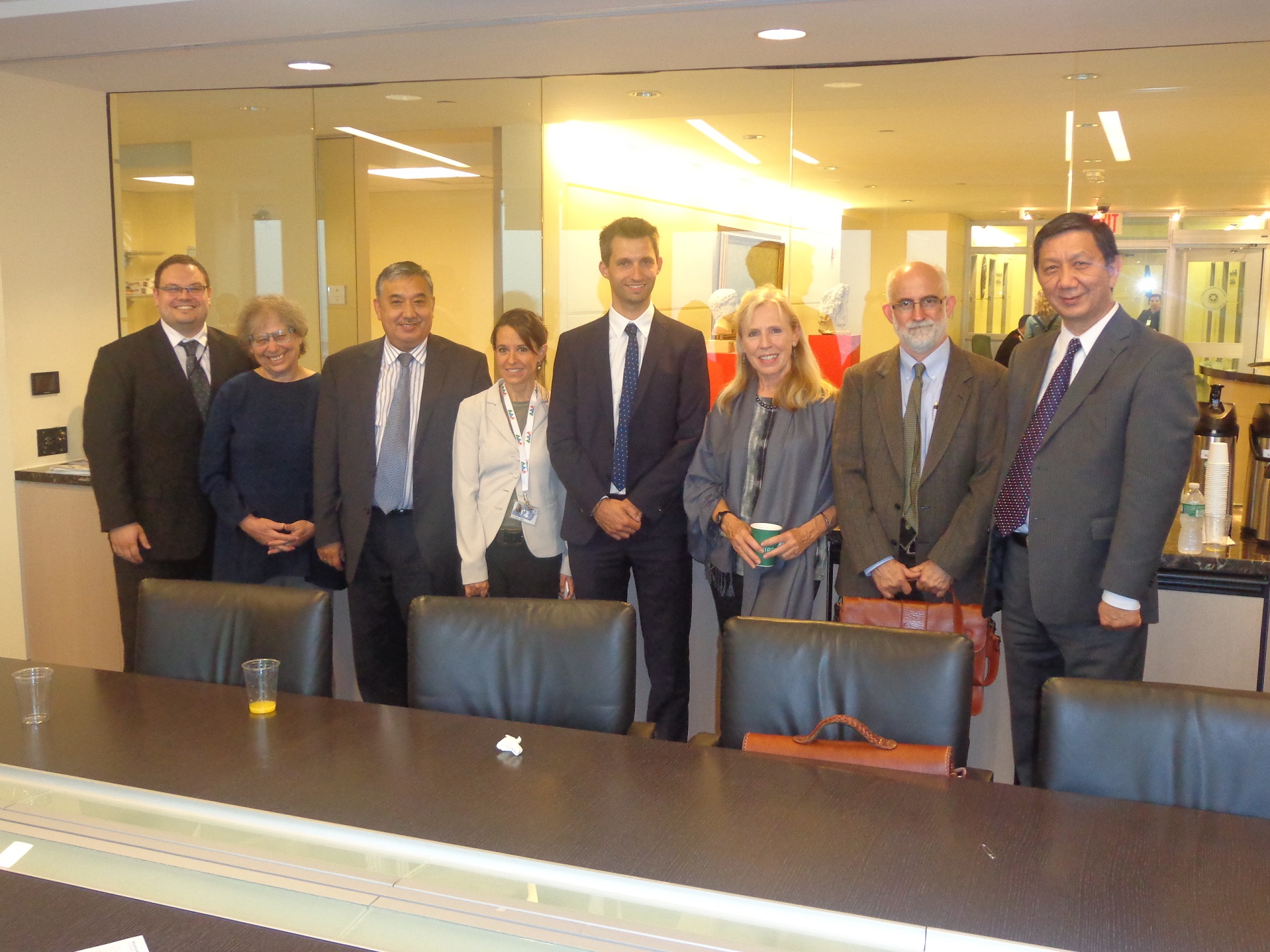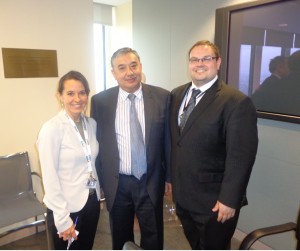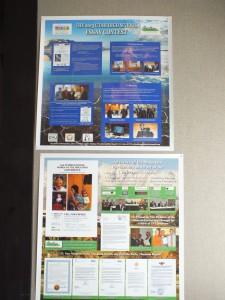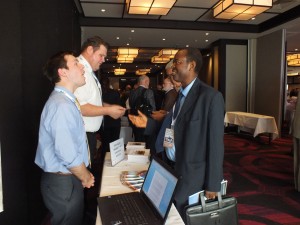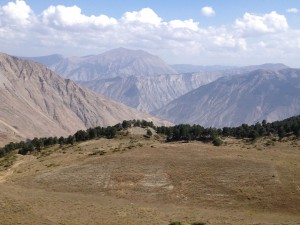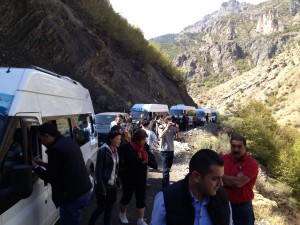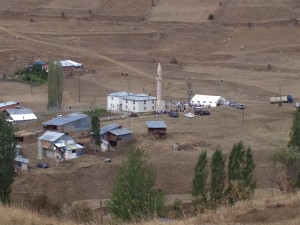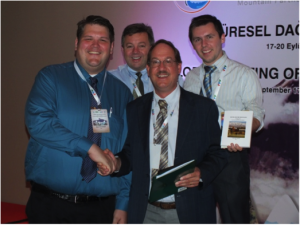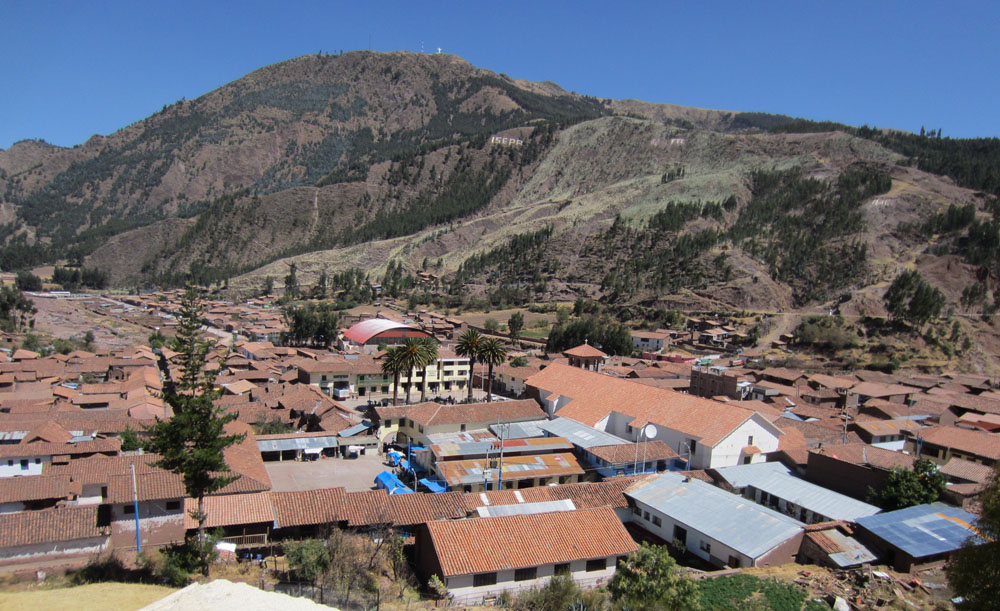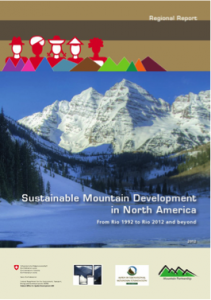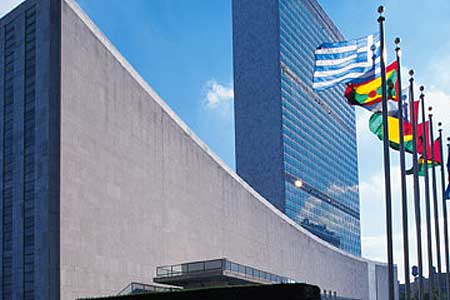Recently, I have been revisiting the Mountain Focus Group meeting that was hosted on the 17th of October by the Permanent Mission of Italy. The Mountain Focus Group (MFG) gathering addressed a wide range of issues pertaining to Sustainable Mountain Development (SMD) and questioned how to ensure that mountains are included in the 2015 Sustainable Development Goals of the United Nations (SDGs-UN), which will take effect when the Millennium Development Goals (MDGs) expire.
When I was invited to go, I was very excited to go to such a high-level meeting related to SMD. As an intern, it isn’t often a luxury given. What happened there though was something revolutionary, in my eyes. The meeting started out with the host of the event, Ambassador Cardi from Italy explaining how the meeting would go and what he hoped would be achieved. I found that his words gave a certain level of enthusiasm that lasted the entire meeting.
The meeting itself was free-form – aside from the one presentation given by Mia Rowan, communications officer, for the Mountain Partnership secretariat. This was significant in that it allowed for an equal opportunity to speak, regardless of whether you were an MP member or a Representative of a Government or from a small NGO, or even an educational institution. This allowed for a great many and inspirational ideas.
But before those ideas were given, it was Mrs. Rowan who did a great job, essentially outlining the direction that the rest of the meeting would follow. Mrs. Rowan stressed the importance of having the SDGs as a replacement of the MDGs and, through her presentation, was able to give plenty of information or food for thought that was digested and utilized by the members present.
This was very informational. Unfortunately for me, I was actually filming the first part of the meeting and didn’t get the firmest understanding of the specifics. I was able to take notes of what came after her presentation though and it was very informational. For example, Ambassador Kydyrov from the Permanent Mission of Kyrgyzstan to the United Nations spoke about now being the time to take action. He then spoke about upcoming dates being utilized to their fullest. One date in particular was the eleventh of December. This date is the International Day of Mountains. The Ambassador from Kyrgyzstan stressed using this day as a means of spreading the importance of mountains and suggested that an event be planned for the day at the United Nations.
This was followed by Professor Baktybek D. Abdrisaev who mentioned several dates that were of significance to the SMD agenda and Utah Valley University, the sole educational institution present at the conference. Both of their comments though were really about using the time they had left to its greatest efficacy. Making “time” the first of the several, in my opinion, main points made.
Right to left: Joseph McCain with Ambassador of the Kyrgyz Republic to the U.N., H.E. Talaibek Kydyrov and Mia Rowan, communications officer, the Mountain Partnership secretariat
The second main point was making the importance of the issue of SMD recognized and made important. On a side note, this was one of the things that I found to be of most significance to the meeting and to the SDGs in general. This point was made by a representative from Guatemala. I would mention her name, but apparently she didn’t sign the participants list and as such I don’t know it. The thing that she said, that had such an impact on me, was, “if we want to introduce the concept of mountains into the discussion on SMD then we need to do something that is more focused. A means of showcasing the importance of SMD; the study and the calculations… Let the numbers needed for the day to day and the impact of not having that information be known. How much would it cost – as compared to the country that doesn’t contribute – as a means of preserving?” This was very profound to me, in that it didn’t just suggest that action needed to be taken, but just what kind of action needed to be taken and how it could be used to bring about a movement, which is more informed, for change.
The last point of relevance that I wish to mention was the point made best by Karinjo DeVore, Co-director of Vertex, MP hub for Central, North America and Caribbean. She stressed the need to create a special group or task force from prominent people. Which, in addition to the official institutions and mountain nation’s active advocates for the mountain agenda, will advocate for a mountain agenda to be included in the Sustainable Development Goals. This was the main point; that a structure needed to be put into play which could actually handle the issue of the SDGs. These at least were the main points that I took from the event. What others might have taken from it, I couldn’t say. But it was definitely the things that I found to be most important to my growth, concerning my understanding of the future of Sustainable Mountain Development. The last thing that I want to comment on though has nothing to do with the comments made or the progress made within the meeting. Rather, my last point is the relevance of having several of the institutions present who were. They were, the attendance of the Utah International Mountain Forum (UIMF), a coalition of student clubs and its host education institution, Utah Valley University (UVU) and Vista 360. The reason I mention them is not because of my being a member of the UIMF and UVU, but because they represent the community level movements of SMD as a whole. While they have different viewpoints from each other and those of the countries in attendance, they all share the same goal of SMD. It was exciting to see community involvement. I hope that, if I ever get another chance, the next MFG meeting I attend will have these community based actors in the global spectrum, play a more significant role.
Joseph McCain, member of UIMF and intern at the Permanent Mission of the Kyrgyz Republic at the United Nations
